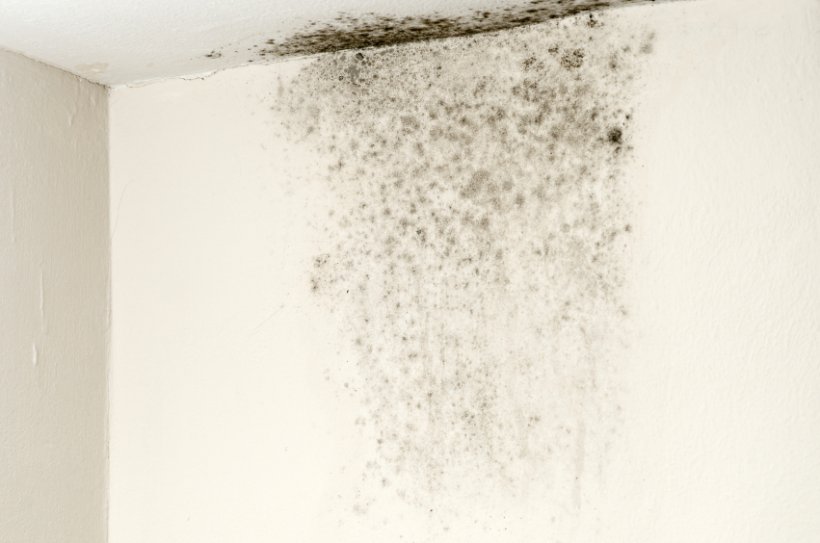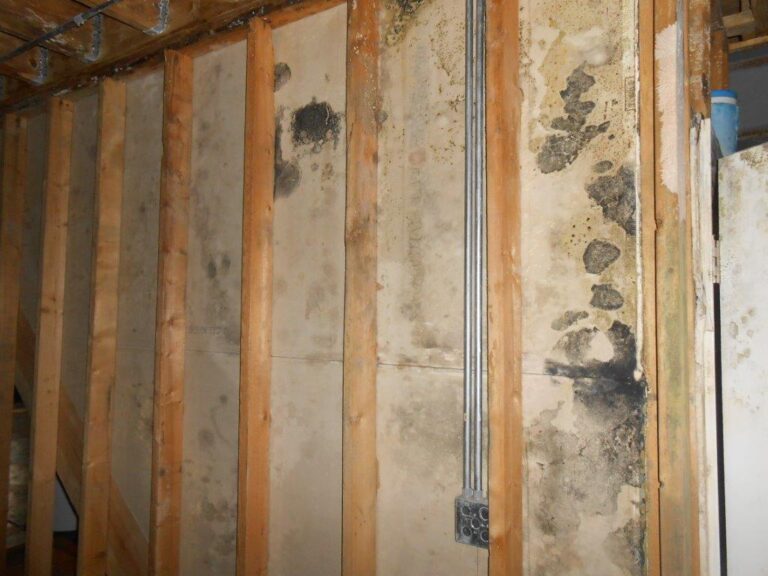Controlling Moisture and Humidity - Spray foam NY-NJ

Controlling Moisture and Humidity
Most of the damaging moisture within a building envelope is the result of air movement through the cavities. When warm air meets a cold surface within a cavity, it condenses; and if not found in time, it can lead to mold and rot. Icynene creates continuously insulated, tight walls and ceilings – exactly the leak-free building envelope that is needed to minimize the potential for moisture, condensation and mold. Icynene has been tested and proven not to be a food source for mold.
Moisture Control
Controlling moisture can make your home more energy-efficient, less costly to heat and cool, more comfortable, and prevent mold growth.
Properly controlling moisture in your home will improve the effectiveness of your air sealing and insulation efforts, and these efforts in turn will help control moisture. The best strategies for controlling moisture in your home depend on your climate and how your home is constructed. Proper ventilation should also be part of your efforts to control moisture.
Before you decide on a moisture control strategy, it helps to understand that moisture or water vapor moves in and out of a home in a variety of ways including:
- With air movement
- By diffusion through materials.
- By heat transfer.
- Creating moisture within the home (cooking, showering, etc.).
Of these, air movement accounts for more than 98% of all water vapor movement in building cavities. Air naturally moves from high-pressure areas to lower pressure areas by the easiest path available — generally through any available hole or crack in the building envelope. Moisture transfer by air currents happens quickly, and carefully and permanently air sealing any unintended paths for air movement in and out of the house is a very effective way to control moisture.
The other two driving forces — diffusion through materials and heat transfer — are much slower processes. Most common building materials slow moisture diffusion to a large degree, although they never stop it completely. Insulation also helps reduce heat transfer or flow.
The laws of physics govern how moist air reacts in various temperature conditions. The temperature and moisture concentration at which water vapor begins to condense is called the “dew point.” Relative humidity (RH) refers to the amount of moisture contained in a quantity of air compared to the maximum amount of moisture the air could hold at the same temperature.

The ability of air to hold water vapor increases as it warms and decreases as it cools. Once air has reached its dew point, the moisture that the air can no longer hold condenses on the first cold surface it encounters. If this surface is within an exterior wall cavity, the result is wet insulation and framing.
In addition to air movement, you also can control temperature and moisture content. Insulation reduces heat transfer or flow, so it also moderates the effect of temperature across the building envelope cavity.
In most U.S. climates, properly installed vapor diffusion retarders can be used to reduce the amount of moisture transfer. Except in deliberately ventilated spaces such as attics, insulation and vapor diffusion retarders work together to reduce the opportunity for condensation in a house’s ceilings, walls, and floors.
Moisture can cause problems in attics, various types of foundations, and walls, and the solutions to those problems vary by climate. See Building America’s Climate-Specific Publications for construction details specific to your climate.
Foundation Moisture Control
If you’re building a new home, pay particular attention to how water will be managed around the foundation. The following guidelines will apply in most circumstances:
- Keep all untreated wood materials away from earth contact.
- Install well-designed guttering and downspouts connected to a drainage system that diverts rainwater completely away from the house.
- Slope the earth away from all sides of the house for at least 5 feet at a minimum 5% grade (3 inches in 5 feet). Establish drainage swales to direct rainwater around and away from the house.
- Add a gasket under the sill plate to provide air sealing.
- Install a protective membrane, such as rubberized roofing or ice-dam protection materials, between the foundation and the sill plate to serve as a capillary break and reduce wicking of water up from the masonry foundation wall. This membrane can also serve as a termite shield on top of foam board insulation.
- Damp-proof all below-grade portions of the foundation wall and footing to prevent the wall from absorbing ground moisture by capillary action.
- Place a continuous drainage plane over the damp-proofing or exterior insulation to channel water to the foundation drain and relieve hydrostatic pressure. Drainage plane materials include special drainage mats, high-density fiberglass insulation products, and washed gravel. All drainage planes should be protected with a filter fabric to prevent dirt from clogging the intentional gaps in the drainage material.
- Install a foundation drain directly below the drainage plane and beside (not on top of) the footing. This prevents water from flowing against the seam between the footing and the foundation wall. Surround a perforated 4-inch plastic drainpipe with gravel and wrap both with filter fabric.
- Underneath the basement or on-grade slab floor, install a capillary break and vapor diffusion retarder, consisting of a layer of 6- to 10-mil polyethylene over at least 4 inches of gravel.
Moisture Control in Walls
It is a myth that installing vapor barriers is the most important step for controlling moisture in walls. Vapor barriers only retard moisture due to diffusion, while most moisture enters walls either through fluid capillary action or as water vapor through air leaks.
Most climates require these moisture control steps:
- Install a polyethylene ground cover on the earth floor of houses with crawlspaces.
- Slope the ground away from the foundations of all houses.
- Install a continuous vapor barrier (if required in your climate) with a perm rating of less than one.
Place a termite shield, sill gaskets, or other vapor-impermeable membrane on the top of the foundation wall to prevent moisture from wicking into the framed wall from the concrete foundation wall by capillary action.
Rain — especially wind-driven rain — can also cause moisture problems in walls. Rain leaks through exterior walls are usually a result of improper installation of:
- Siding materials.
- Poor quality flashing.
- Weatherstripping or caulking around joints in the building exterior (such as windows, doors, and bottom plates).
To protect against rain penetration, you should also create a drainage plane within the wall system of your home.



